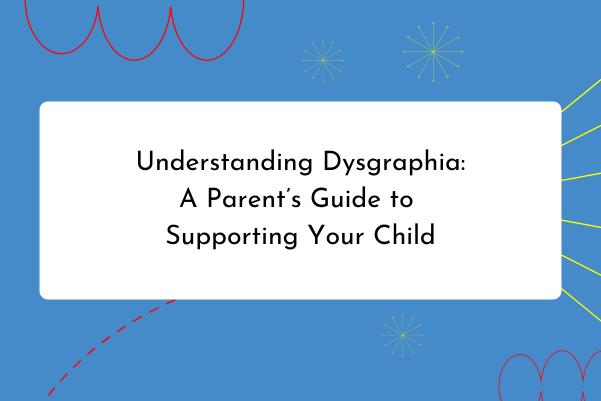Understanding Sensory Processing Disorder (SPD) and How to Support Your Child
Sensory Processing Disorder (SPD) is a condition where the brain has difficulty receiving and responding to information from the senses. This can affect how a child experiences and interacts with their environment. While SPD isn’t officially recognized in all diagnostic manuals, understanding its different categories can help parents provide better support for their children.
What is Sensory Processing Disorder (SPD)?
SPD involves challenges in processing sensory information from the environment and the body. The brain has trouble making sense of what’s happening with the senses, leading to either over-responsivity, under-responsivity, or seeking behaviors. Here’s a closer look at SPD and its categories:
- Sensory Modulation Disorder (SMD)
Sensory modulation refers to how the brain adjusts to sensory information based on its intensity, frequency, and other factors. SMD is divided into three subtypes:- Sensory Over-Responsivity: Children may react strongly to sensory input, such as loud noises or bright lights, and become easily overwhelmed.
- Sensory Under-Responsivity: These children may not react to sensory input as expected. They might not notice when they’re hurt or may seem indifferent to their surroundings.
- Sensory Craving/Seeking: Children with this subtype actively seek out sensory input, like spinning or jumping, to satisfy their sensory needs.
- Sensory-Based Motor Disorder (SBMD)
This category involves difficulties with motor skills due to the way sensory information is processed. The subtypes include:- Dyspraxia: Challenges with planning and coordinating movements, leading to clumsiness or difficulty with tasks requiring fine motor skills.
- Postural Disorder: Difficulties with maintaining posture and balance, which can impact a child’s ability to engage in activities or maintain physical stability.
- Sensory Discrimination Disorder (SDD)
SDD occurs when there is difficulty distinguishing between different types of sensory input. The subtypes are:- Visual: Trouble distinguishing between shapes, colors, or details.
- Auditory: Difficulty distinguishing sounds or following verbal instructions.
- Tactile: Problems identifying objects by touch or differentiating textures.
- Gustatory (Taste): Challenges with distinguishing tastes or textures in food.
- Olfactory (Smell): Trouble recognizing or differentiating smells.
- Vestibular: Issues with balance and spatial orientation.
- Proprioceptive: Difficulty sensing where body parts are and how they are moving.
- Interoception: Problems with recognizing internal body sensations, like hunger or the need to use the bathroom.
How Can Parents Support Their Child with SPD?
- Create a Sensory-Friendly Environment
Make adjustments at home to accommodate your child’s sensory needs. For children who are over-responsive, create quiet spaces with soft lighting and calming activities. For those who seek more sensory input, provide safe and engaging sensory activities like sensory bins or swinging. - Establish Routines
Children with SPD often benefit from structured routines. Predictable schedules can help reduce anxiety and make sensory experiences more manageable. Consistency in daily activities provides a sense of security. - Use Sensory Strategies
Incorporate sensory activities into daily life to help your child regulate their sensory needs. For instance, use fidget toys for children who seek tactile input or provide opportunities for physical activity to help with sensory-seeking behaviors. - Seek Professional Support
Occupational therapists who specialize in sensory processing can offer valuable strategies and therapies tailored to your child’s specific needs. They can help with sensory integration techniques and motor skills development. - Promote Positive Sensory Experiences
Encourage your child to engage in activities they enjoy and find sensory input pleasurable. This might include art projects, outdoor play, or sensory-friendly toys. Positive experiences can help build confidence and coping skills. - Communicate and Advocate
Work closely with your child’s teachers and caregivers to ensure they understand and accommodate your child’s sensory needs. Advocate for necessary adjustments in the classroom or other environments to help your child succeed. - Be Patient and Supportive
Supporting a child with SPD requires patience and understanding. Celebrate their successes, no matter how small, and provide a supportive environment that encourages them to explore and learn at their own pace.
Final Thoughts
Sensory Processing Disorder can be challenging, but with the right support and strategies, children with SPD can lead fulfilling lives. By understanding their sensory needs and creating a supportive environment, you can help your child navigate their world with confidence and ease. Remember, every child is unique, and finding what works best for your child may take time and adjustment.






